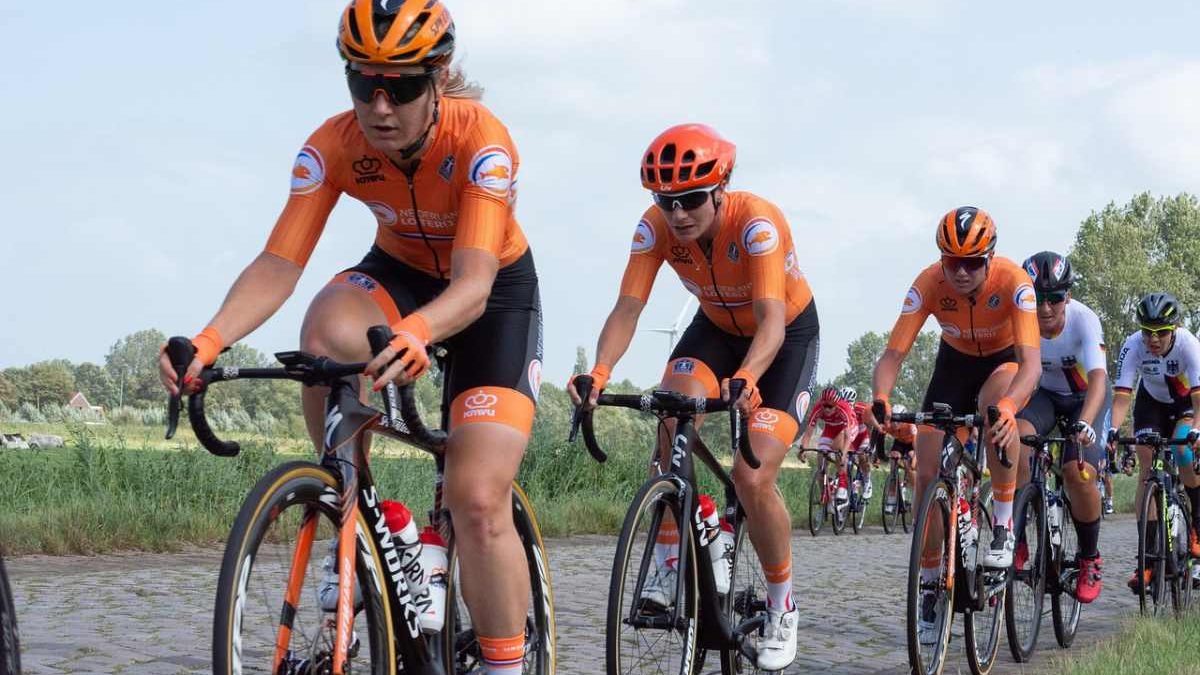Professional Cycling: Technology in professional cycling has been embraced well in the recent past because of the ever-changing competitive environment. The cycling world is therefore adapting to different ways that help to monitor, boost and enhance efficient performance during cycling races. Different aspects of professional cycling also adapt new forms of technology gradually to help improve performance.
Therefore, there are several technological advancements that are currently being used by professional cyclists to help them achieve the best results. Many cycling teams have invested in gadgets that have improved technology and help the athletes to monitor different elements of their performance. Here are several of such developments currently trending in the cycling profession.
Table of Contents
Efficiency monitoring pedals
Pedals can make a cyclist use a lot of energy where it might not be necessary to do so. Therefore, developers have come up with pedals that monitor the energy distribution on the pedal and alert the cyclist whenever the force he is applying is going to the cranks or getting wasted. Pedals such as Best Mountain Bike Pedals with Toe Clips are connected through wires in experimental laps or by the use of radio-linked wireless technology hence helping the rider manage the cycling experience.
Vitals tracking bikes
Smart bikes are now being developed to help cyclists monitor all their vitals, thereby helping them to manage their races. With these trackers, one is able to monitor speed, energy exerted on pedals, the temperature of the riding areas, humidity, and many other aspects. These help the rider to always shift their performance based on the results they observe from the feedback obtained.
The use of GPS trackers is gaining momentum in the cycling industry, especially with the spread and expansion of the internet across the world, and can be found even in some of the Best Mountain Bikes for A Beginner The most common gadget fitted with these GPS trackers is the watch, which the cyclists use to time their rides whether climbing, on the downhill or even on flat areas. The satellites make it easy for monitors to track their performance through signals received from the GPS-fitted watches as the cyclist moves.
Tracking of vitals helps the people monitoring cyclists to determine the performance of each athlete and are even able to predict more accurate outcomes such as time to be used by a cyclist in a given area. Cycling teams can then look at the data they receive and know where to focus next in order to improve their performance in races by their cyclists.
The use of tracking apps
Various cycling apps are now being incorporated into the cycling world in order to track the performance of cyclists in competition as well as during practice and simulations. They give accurate data that is real-time and easy to read and interpret thereby allowing even time to react to it instantly or digest and form a detailed strategy on how to improve if it needs this or maintain if it is the best as desired.
These apps also help cyclists and their teams to navigate their way anywhere even in places they have never been to. This is possible because some of the apps indicate the route maps, the distance covered, and the places by name and even time needed to cover specific distances and can even be fitted on some of the best Bikes for A 4-Year-Old. This is an advantage because the cyclists and their teams don’t need to go and get familiar with the area they intend to cover before the actual races hence making it convenient for them.
Good apps can also help a cyclist to monitor their health aspects such as calories burned, heart rate, the body temperature as well as the heartbeat. This is very important because a cyclist can know how they are performing as well as their body responses then adjust necessarily.
Conclusion
Technology has greatly helped to improve the cycling profession by introducing various monitors that aid cyclists, their teams, and developers to enhance and make their experience efficient. Bicycles are being improved very often to make the cycling experience enjoyable and convenient for the users, cycling teams, and event production companies of various parts and major manufacturers.

